AARP Hearing Center


The Inflation Reduction Act of 2022 is transforming Medicare’s prescription drug coverage through provisions that, for the first time, allow the agency to:
- Negotiate prices of some medications with drugmakers.
- Cap out-of-pocket costs for beneficiaries.
- Make vital vaccines free to enrollees.
The benefits of the law apply both to people enrolled in original Medicare and those who belong to private Medicare Advantage plans. The U.S. Department of Health and Human Services (HHS) has a website, lowerdrugcosts.gov, that outlines the prescription provisions of the law.
Here’s a year-by-year look at how the changes are rolling out and when the landmark legislation affects Medicare beneficiaries.
2023
1. Vaccinations. Vaccines that the federal Centers for Disease Control and Prevention’s (CDC) Advisory Committee on Immunization Practices (ACIP) recommends for adults became free for Medicare beneficiaries. Medicare Part B already covered some vaccines, including flu and pneumonia inoculations, plus hepatitis B shots for people at medium or high risk for the virus.
The law eliminated cost sharing for other vaccines, including shingles and RSV that Part D prescription drug plans pay for. More than 10 million Americans received a free vaccine in 2023 that Medicare Part D covered, according to HHS.
2. Insulin cap. Copayments on a 30-day supply of insulin that Part D covers are capped at $35, even if you haven’t satisfied your annual Part D deductible.
3. Price hike penalties. Pharmaceutical companies are subject to penalties if they raise prices more than the general inflation rate. These companies must pay Medicare a rebate for the amount they priced drugs above the inflation rate. The penalty applies to all Medicare sales of that drug.
In June 2024, HHS identified 64 drugs that more than 750,000 Medicare enrollees use whose prices rose faster than the inflation rate. The coinsurance percentages for these drugs, which Medicare Part B covers, were adjusted from July 1 to Sept. 30, 2024, to match the inflation rate.































.jpg?crop=true&anchor=13,195&q=80&color=ffffffff&u=lywnjt&w=2008&h=1154)






























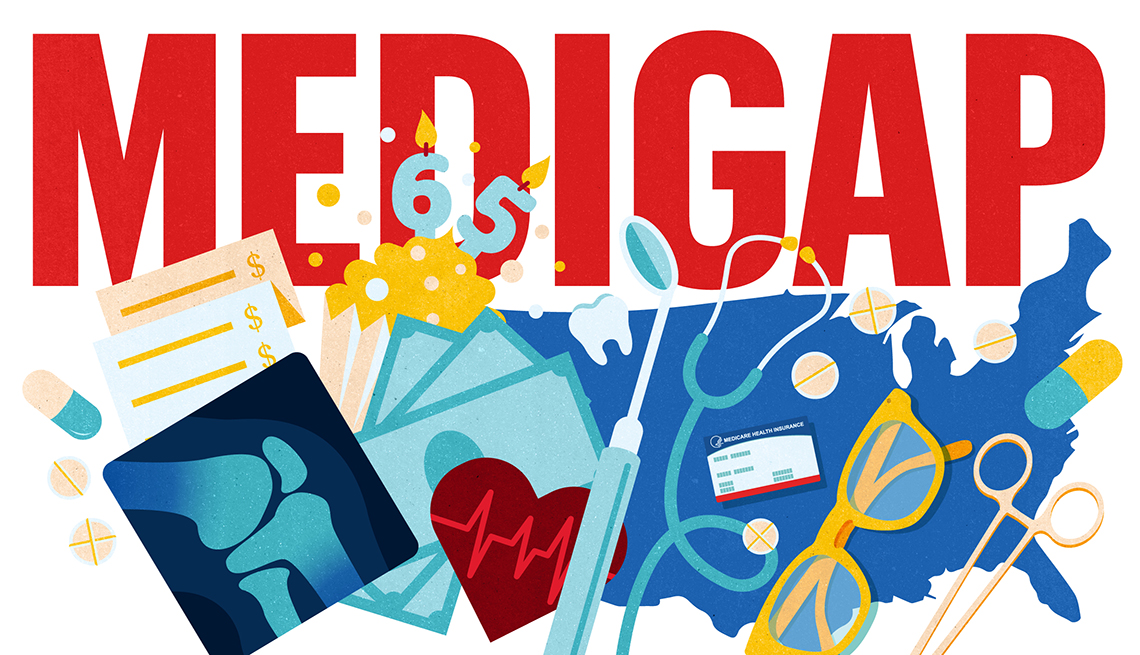

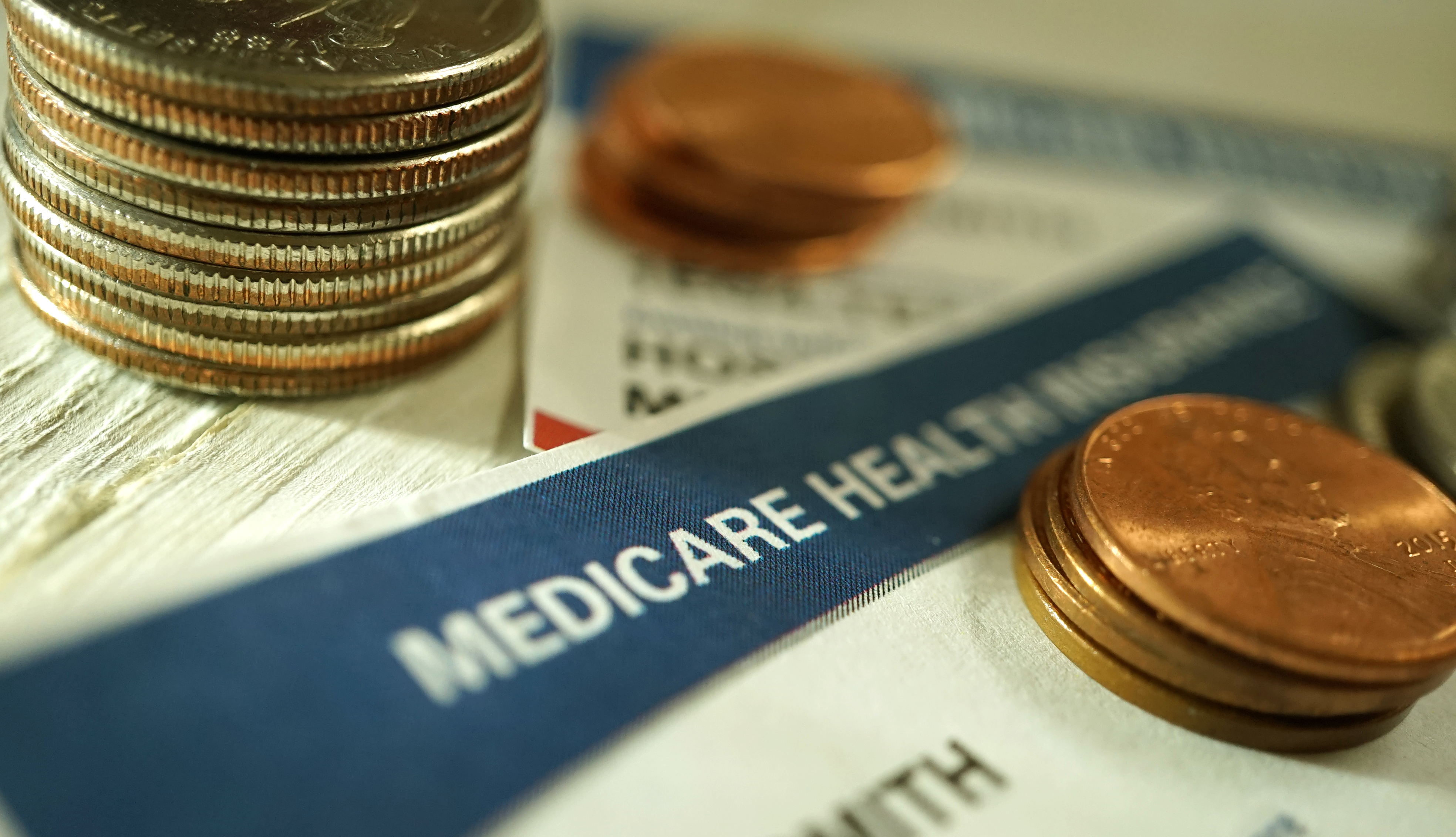
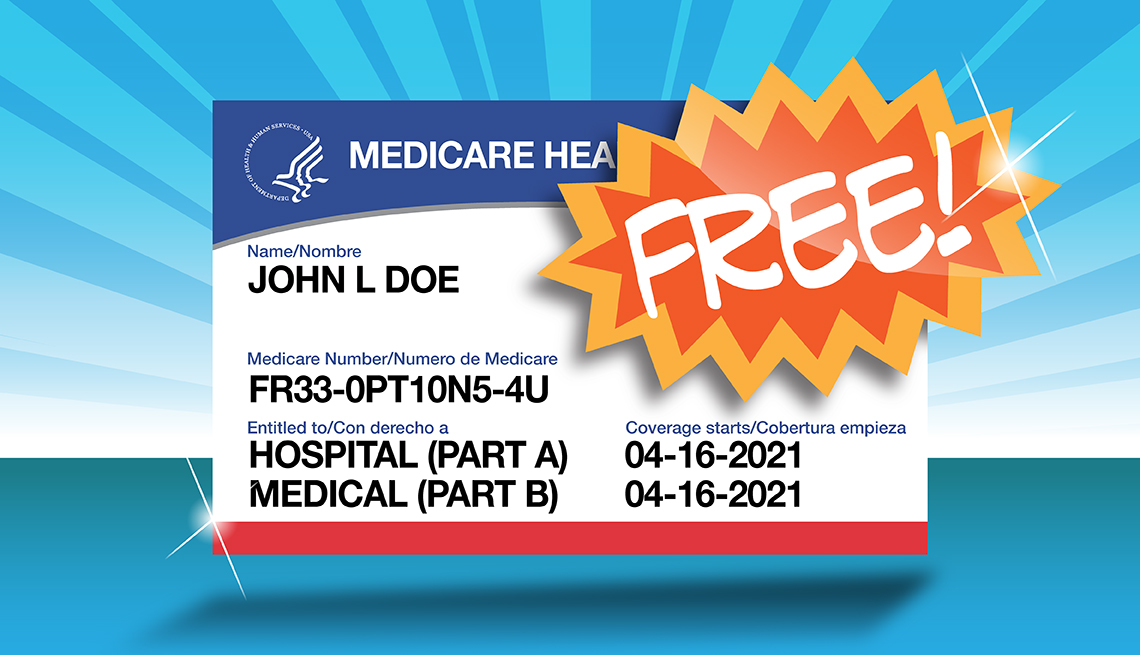



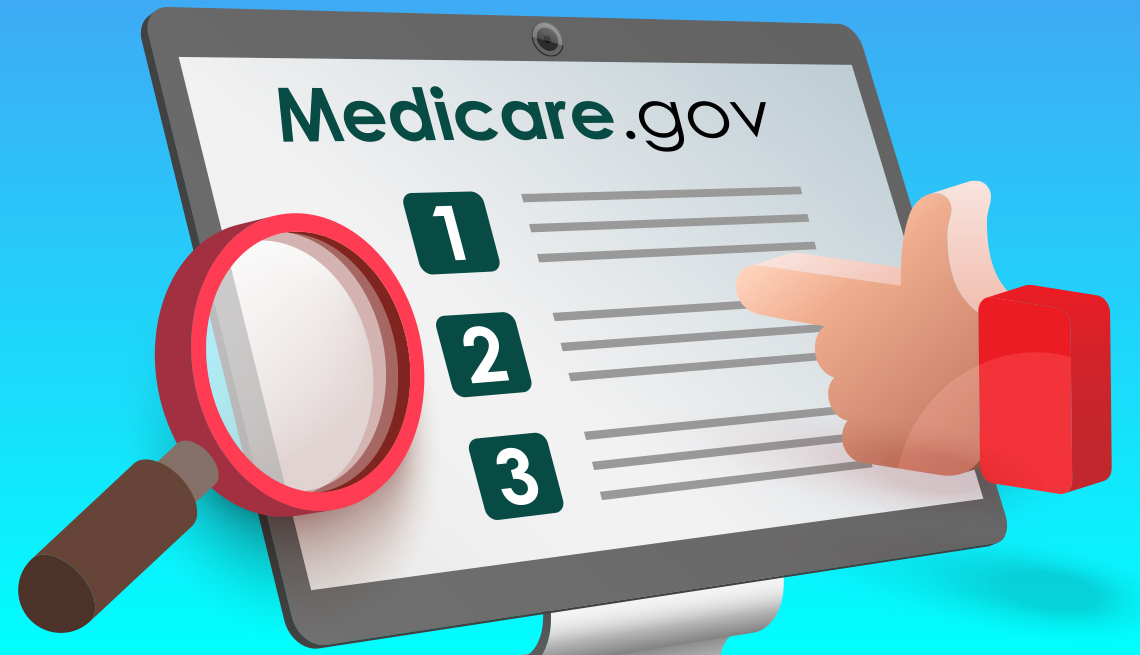
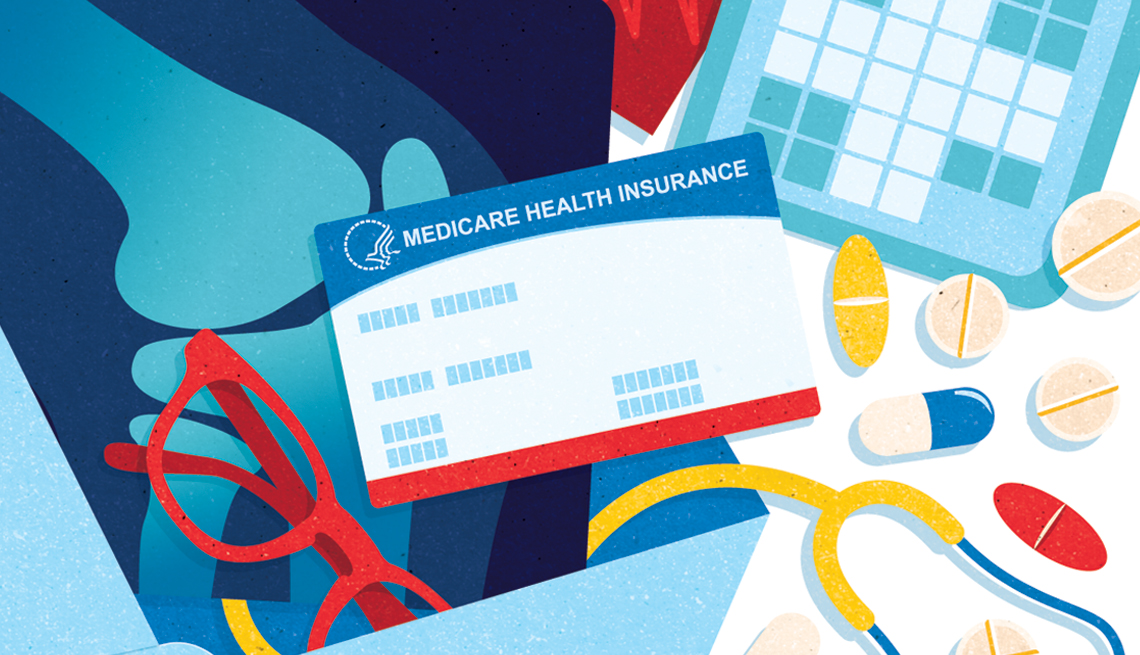





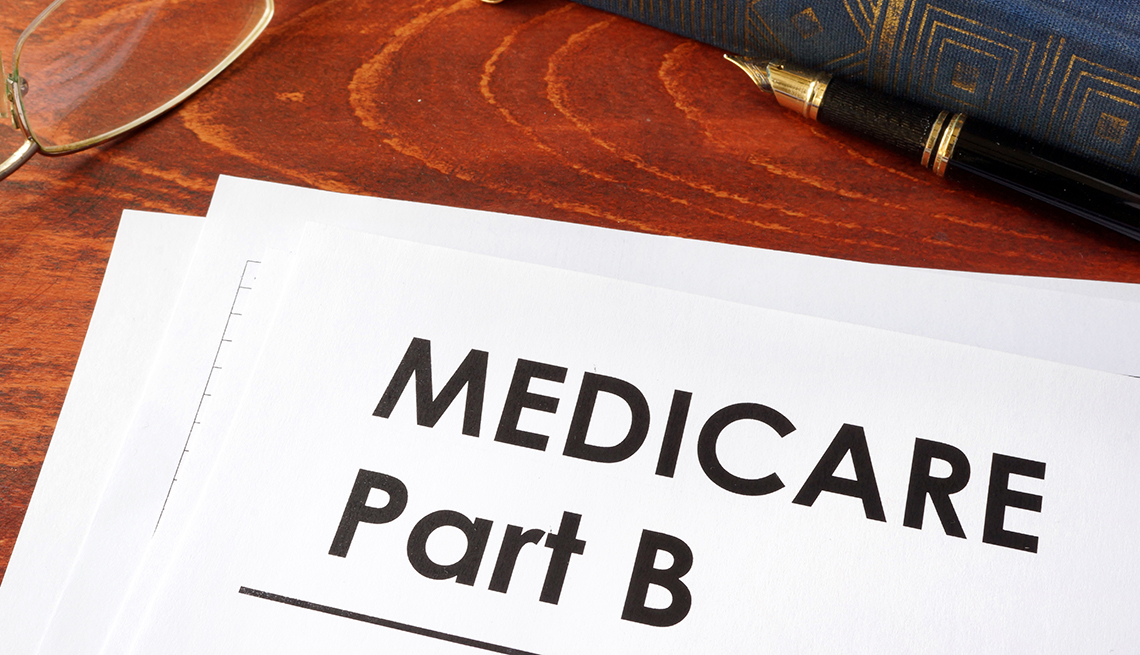




More From AARP
7 Medicare changes you'll see in 2025
Lower drug costs, coverage changes and new benefitsMedicare caregiving support: 12 things you should know
How to navigate the system and get the help you need8 Major Health Risks for People 50 and Older
A look at the top killers — and how to dodge themRecommended for You